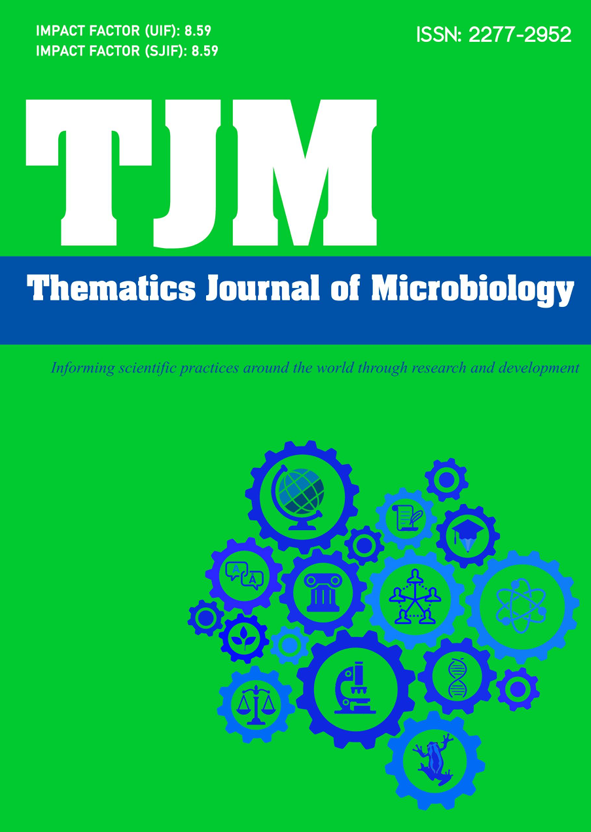UNRAVELING ATOPIC DERMATITIS: UNDERSTANDING PATHOGENESIS, CLINICAL IMPLICATIONS, AND THERAPEUTIC INNOVATIONS IN PEDIATRIC CARE
Keywords:
atopic dermatitis, pediatric dermatology, pathogenesis, clinical manifestations, psychosocial impact, treatment strategies, immune dysregulation, and quality of lifeAbstract
This scientific article provides a comprehensive overview of atopic dermatitis (AD), a chronic inflammatory skin condition prevalent in children. It begins by detailing the complex
pathogenesis of AD, emphasizing the interplay between genetic predisposition, immune dysregulation, and environmental factors. The authors discuss the role of specific genetic mutations, particularly in the filaggrin gene, which contribute to the impairment of the skin barrier. This
impairment facilitates increased transepidermal water loss and enhances susceptibility to allergens and irritants, ultimately exacerbating the inflammatory response characteristic of AD.
The article further explores the clinical manifestations of atopic dermatitis, highlighting the variability in presentation across different age groups. Infants may exhibit extensive eczema, often localized to the face and scalp, while older children typically experience lichenified lesions in flexural areas. This variability necessitates a nuanced understanding of the condition to tailorcmanagement effectively. The psychosocial implications of AD are also thoroughly examined. The article underscores the significant impact of chronic skin conditions on the quality of life of affected children and their
families. Emotional distress, anxiety, and social isolation are common among children with AD, particularly due to the visible nature of the skin condition and its association with stigma. The
authors advocate for a multidisciplinary approach to treatment, emphasizing the importance of integrating psychological support with dermatological care. In terms of management strategies, the article discusses various treatment modalities,
including topical corticosteroids, calcineurin inhibitors, and emerging biologic therapies such as dupilumab. The authors highlight the importance of individualized treatment plans that consider the specific needs and triggers of each patient. They also emphasize the role of patient education in
empowering families to manage the condition effectively.
In conclusion, this article serves as a valuable resource for clinicians and researchers alike, providing insights into the multifaceted nature of atopic dermatitis. It highlights the need for ongoing research to uncover further details about the disease's pathogenesis and the development of novel therapeutic strategies. The comprehensive approach advocated by the authors has the potential to enhance the quality of life for children suffering from this challenging condition,
making it a crucial contribution to the field of dermatology.




